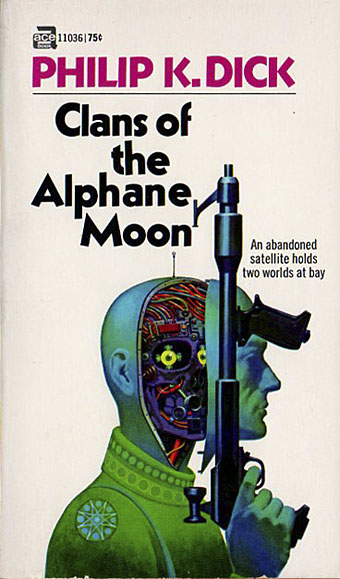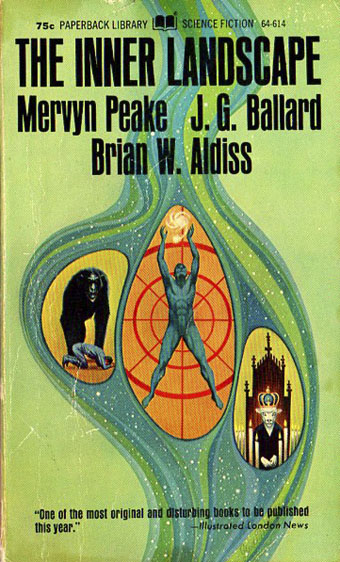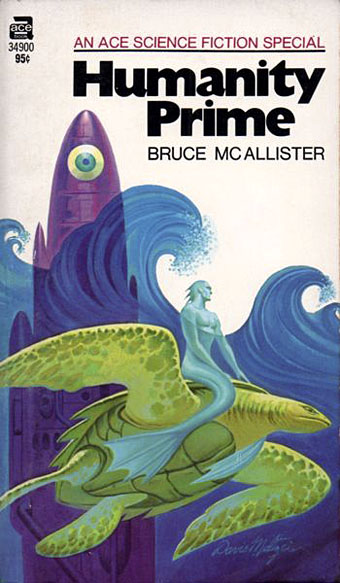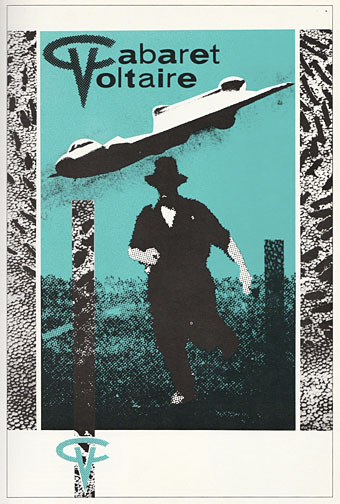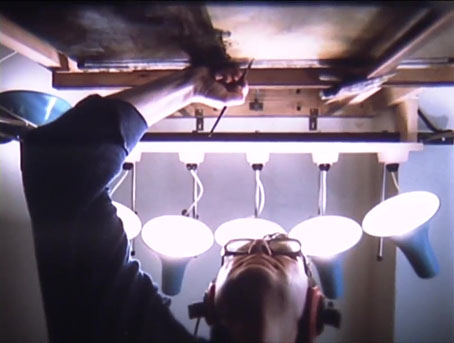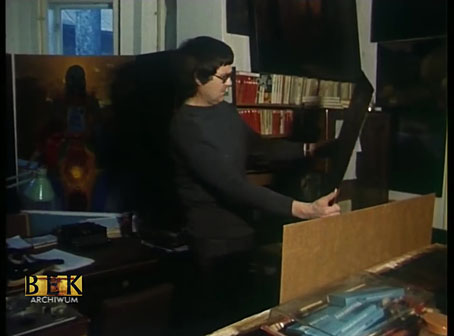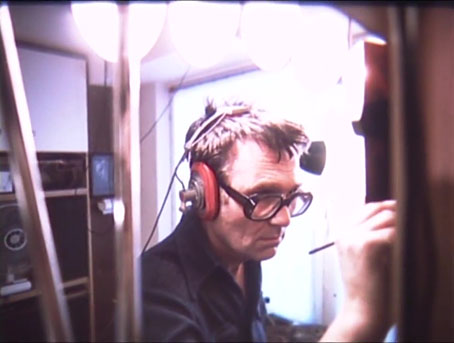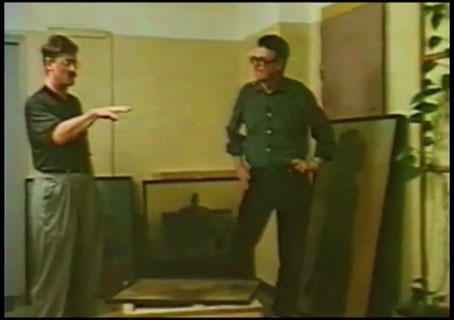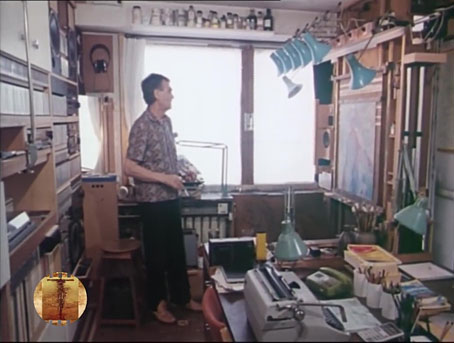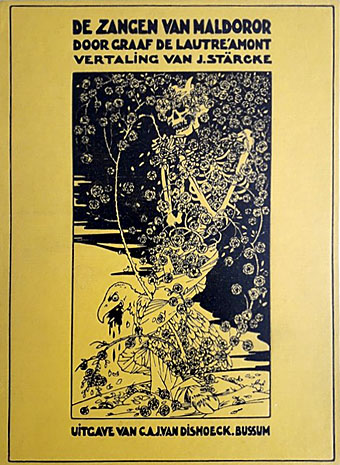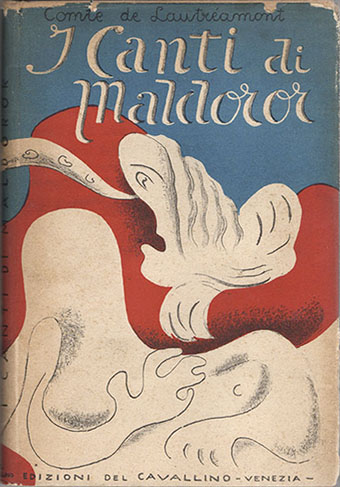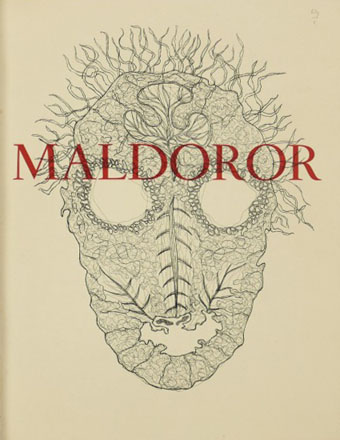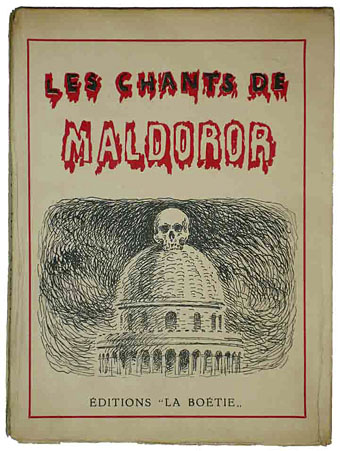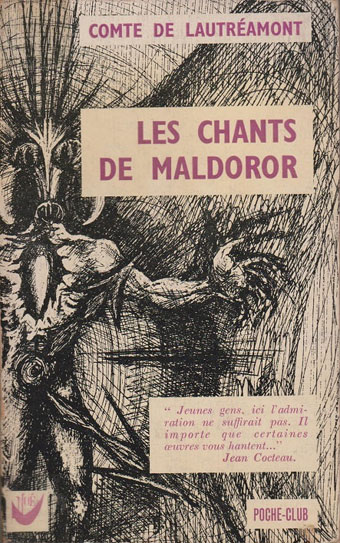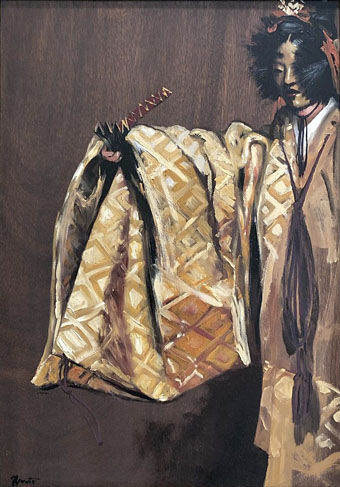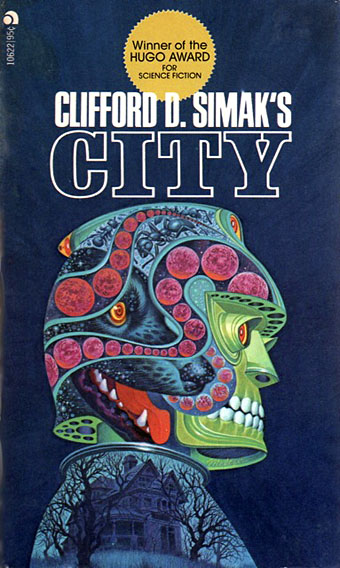
Illustrators were often easy to miss in the pre-internet days, when paperbacks published overseas could be hard to find or even see. Such is the case with Davis Meltzer whose work I hadn’t really noticed before until this cover turned up at 70s Sci-Fi Art. Meltzer had a long career as a scientific illustrator for National Geographic but his work as a cover artist for SF novels only lasted a decade, from 1970 to 1981. Not everything is as dramatically eye-catching as his Simak cover but there’s a unique sensibility at work, with only occasional similarities to other artists of his generation like Kelly Freas.
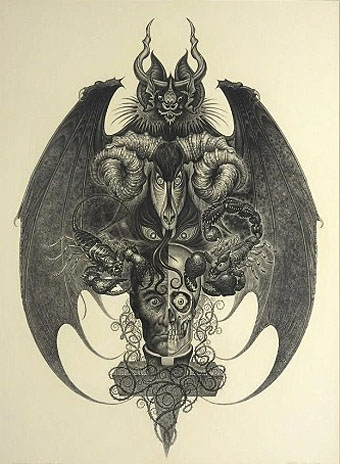
The Temptation of St. Gerome.
The piece above is from an auction site which doesn’t reveal any information apart from the title. If this was a religious illustration it’s one of the strangest I’ve ever seen. Auction listings state that Meltzer’s paintings were mostly done in gouache, a common medium for illustrators and graphic designers owing to its flat bright colours. The following selection favours the more visually arresting examples over generic spaceship art.
